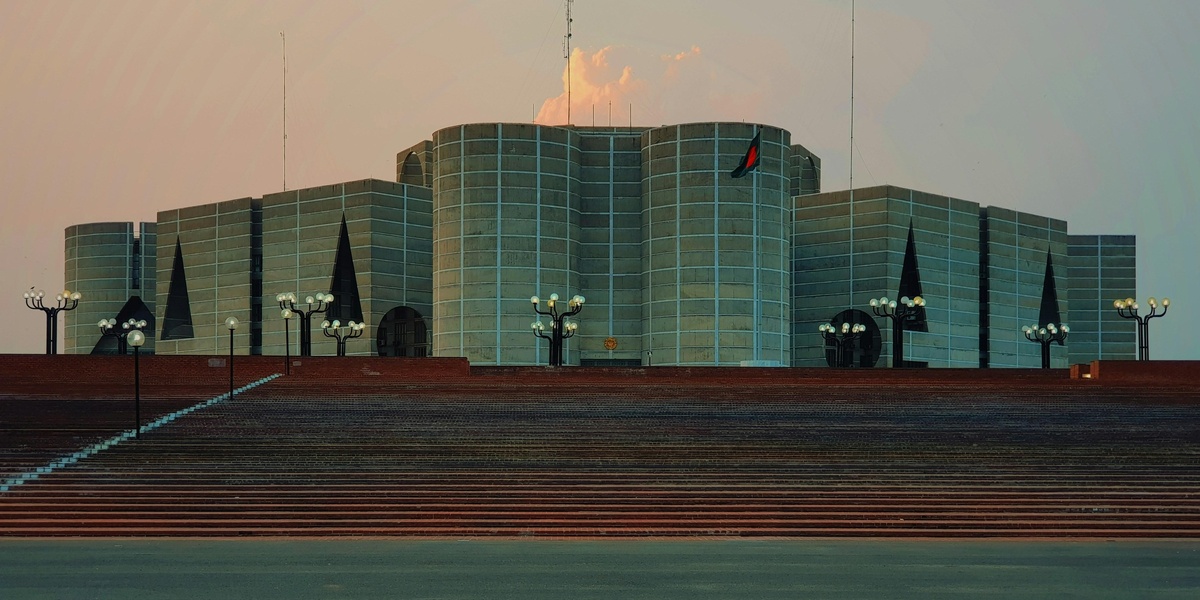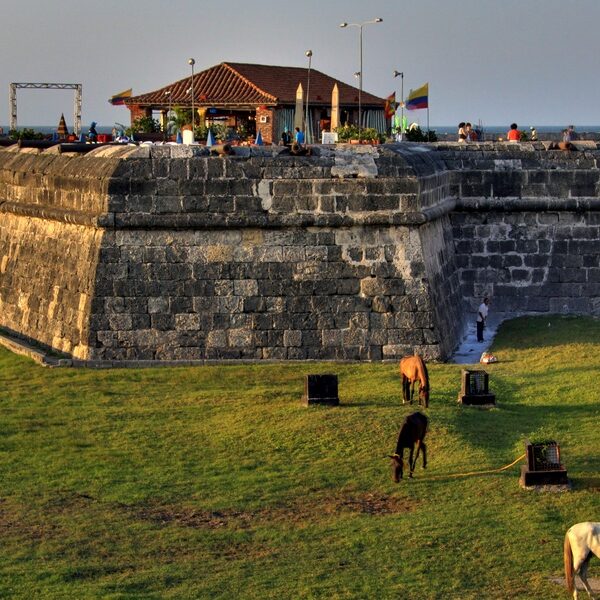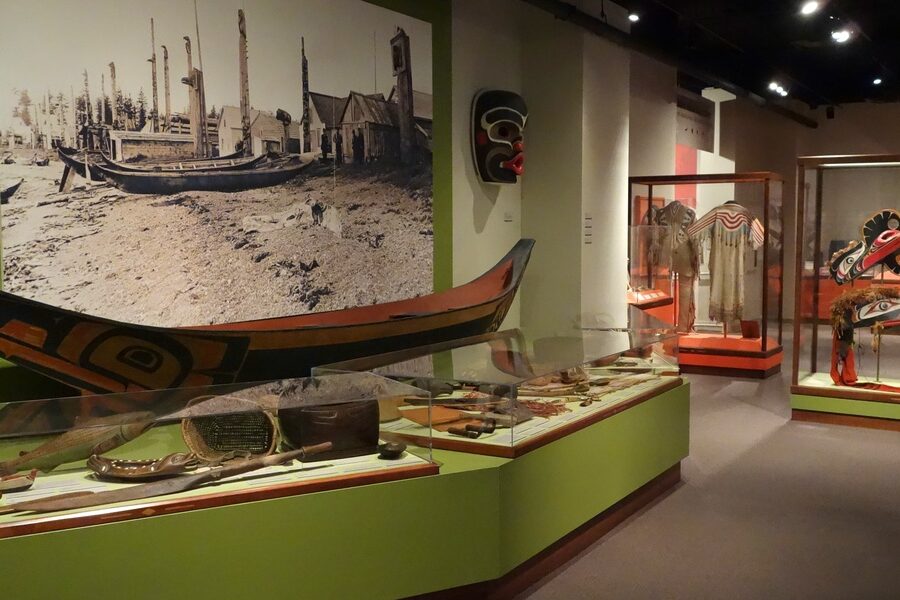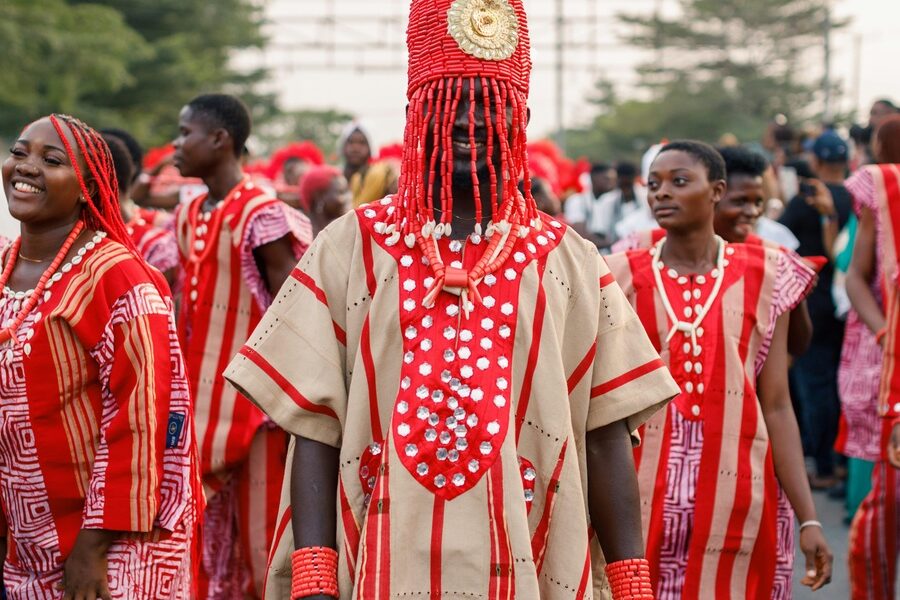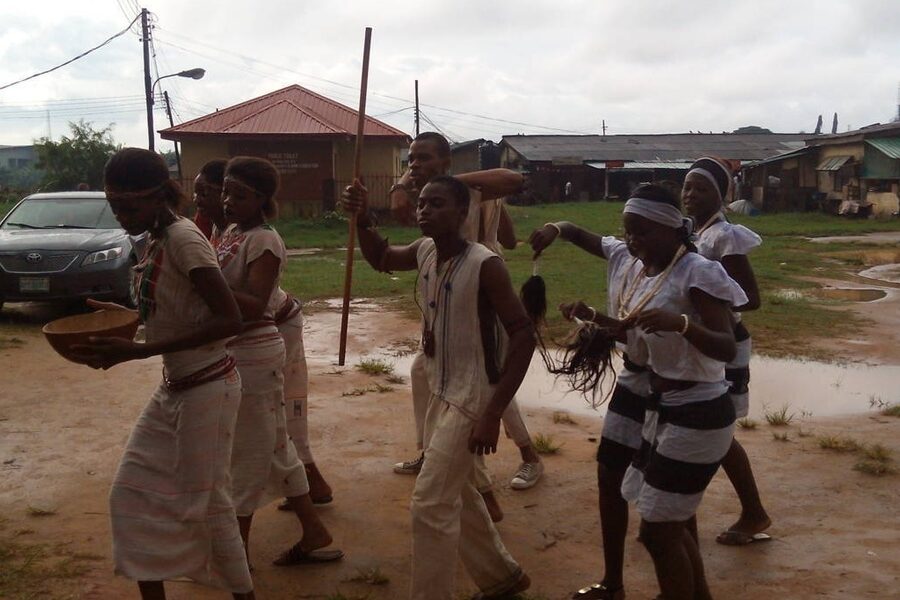Namibia, a land of striking contrasts and vast landscapes, boasts a cultural tapestry as rich and varied as its iconic dunes and wildlife. This diversity extends deeply into its linguistic heritage, reflecting centuries of history, migration, and unique community developments across the nation.
Delving into this vibrant linguistic landscape, we’ll explore the Official Languages in Namibia. There are precisely 10 such languages, demonstrating a remarkable range from the widely spoken Afrikaans to the culturally significant Silozi (Lozi). For each, you’ll find below detailed information organized by its Status, estimated Speakers (% of pop.), and Primary Regions where it’s predominantly used.
Which language is the sole official language of Namibia?
While many languages are recognized and widely spoken across the country, English holds the distinct position as the sole official language of Namibia for governmental, administrative, and educational purposes. This decision was made at independence to foster unity and serve as a neutral language in a linguistically diverse nation.
How do Namibia’s indigenous languages contribute to its cultural identity?
Namibia’s indigenous languages are incredibly vital to its cultural identity, acting as living repositories of history, traditions, and community knowledge. They are actively used in daily life, preserving unique dialects and oral narratives, and play a crucial role in maintaining the distinct heritage of various ethnic groups throughout the country.
Official Languages in Namibia
| Language Name | Status | Speakers (est. % of pop.) | Primary Regions |
|---|---|---|---|
| English | Official | 3% | Nationwide, urban centers (Windhoek, government) |
| Oshiwambo | Widely Spoken | 50% | Northern regions (Oshana, Omusati, Ohangwena, Oshikoto); Ovambo ethnic group |
| Nama/Damara (Khoekhoegowab) | Indigenous | 11% | Southern and central Namibia (ǁKaras, Erongo, Hardap, parts of Khomas) |
| Afrikaans | Widely Spoken | 10% | Nationwide (historically strong in central and southern regions, urban areas) |
| Otjiherero | Indigenous | 9% | Central and eastern regions (Otjozondjupa, Omaheke, Kunene border areas) |
| Kavango languages (Rukwangali, Mbukushu, Gciriku, Shambyu) | Indigenous (language group) | 8% | Northeast (Kavango East and West regions) |
| Silozi (Lozi) | Indigenous | 3% | Zambezi Region (formerly Caprivi Strip) |
| German | Minority / Heritage | 1% | Urban pockets (Windhoek, Swakopmund, Lüderitz) and rural farming communities |
| Setswana (Tswana) | Indigenous / Regional | 1% | Border areas near Botswana and parts of central Namibia |
| Rukavango (Rukwangali listed above within Kavango group) | Indigenous | (See Kavango group) | Kavango East and West |
Images and Descriptions
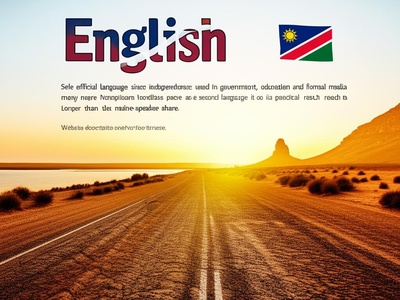
English
Sole official language since independence; used in government, education and formal media—many more Namibians speak it as a second language, so its practical reach is larger than the native-speaker share.
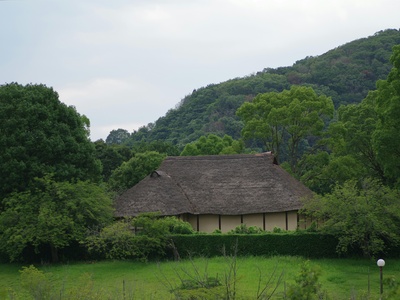
Oshiwambo
The largest language cluster in Namibia, often referred to collectively as Oshiwambo and including major dialects like Oshindonga and Oshikwanyama; central to Ovambo cultural identity and northern social life.
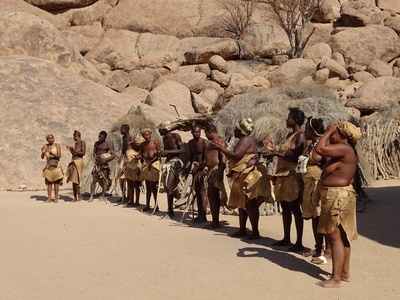
Nama/Damara (Khoekhoegowab)
A Khoekhoe language spoken by Nama and Damara communities; notable for click consonants and strong cultural traditions, it plays a major role in southern Namibian identity.
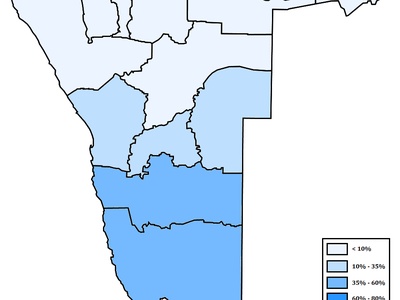
Afrikaans
A legacy of colonial and settler history, Afrikaans serves as a common lingua franca among diverse groups and remains important in commerce, media and everyday communication.
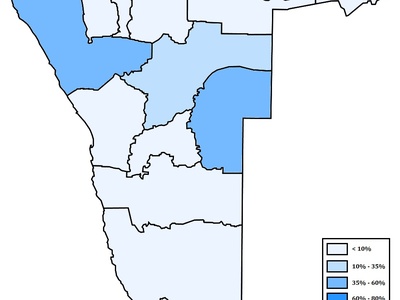
Otjiherero
Language of the Herero people; important for cultural rituals, oral history and regional identity; also spoken in parts of neighboring countries.
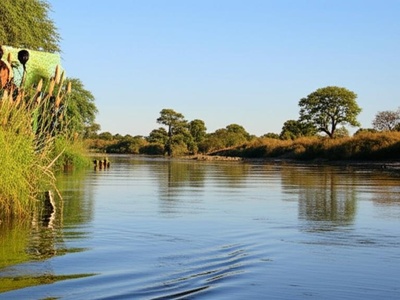
Kavango languages (Rukwangali, Mbukushu, Gciriku, Shambyu)
A cluster of related languages spoken along the Kavango River; Rukwangali is the largest among them—these languages shape local governance, cross-border ties with Angola/Botswana and riverine cultural life.
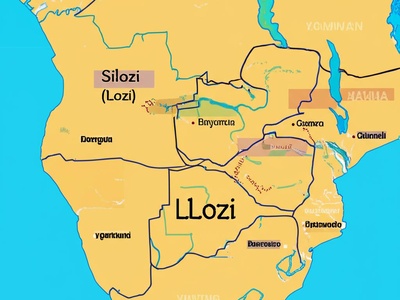
Silozi (Lozi)
A variant of Lozi spoken in the Zambezi strip with strong regional identity; it links communities across borders into Zambia and Botswana and is important for local radio and education.
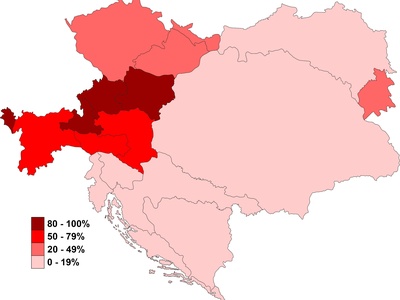
German
Remnant of colonial past and settler communities; German is visible in education, media, business and tourism, contributing to Namibia’s multilingual heritage.
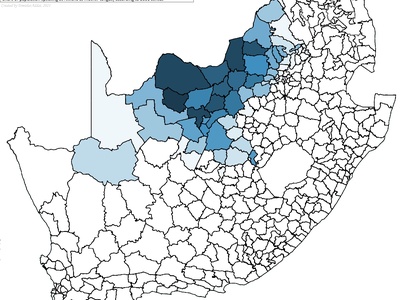
Setswana (Tswana)
Spoken by Tswana communities in the southeast and along the Botswana border; shares links with the broader Tswana-speaking region in southern Africa and features in cross-border cultural exchange.
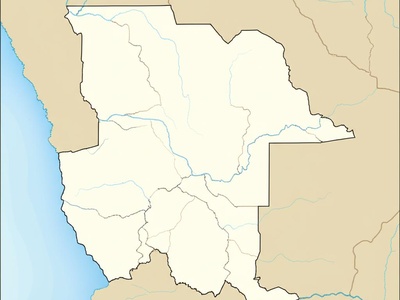
Rukavango (Rukwangali listed above within Kavango group)
Rukwangali is often highlighted as the largest single Kavango language and serves as a regional lingua franca along parts of the Kavango River; included under the Kavango languages grouping for overall prominence.

